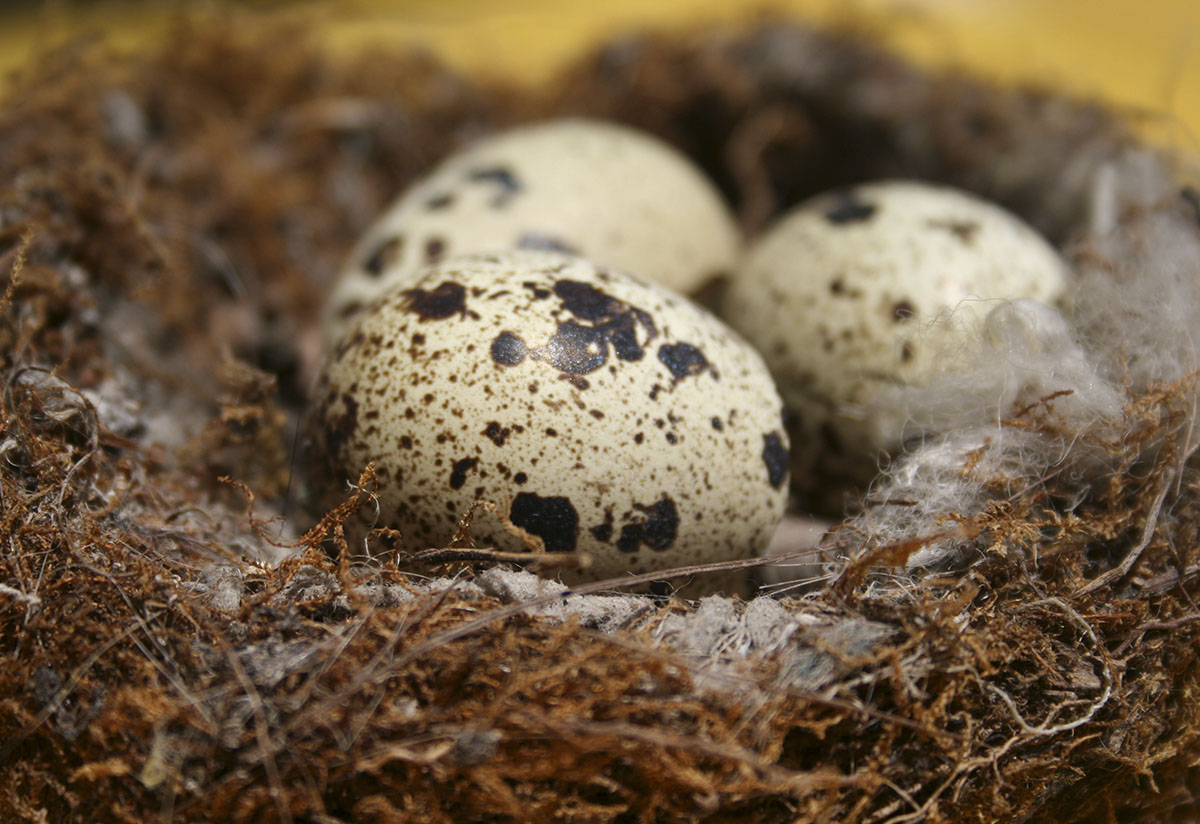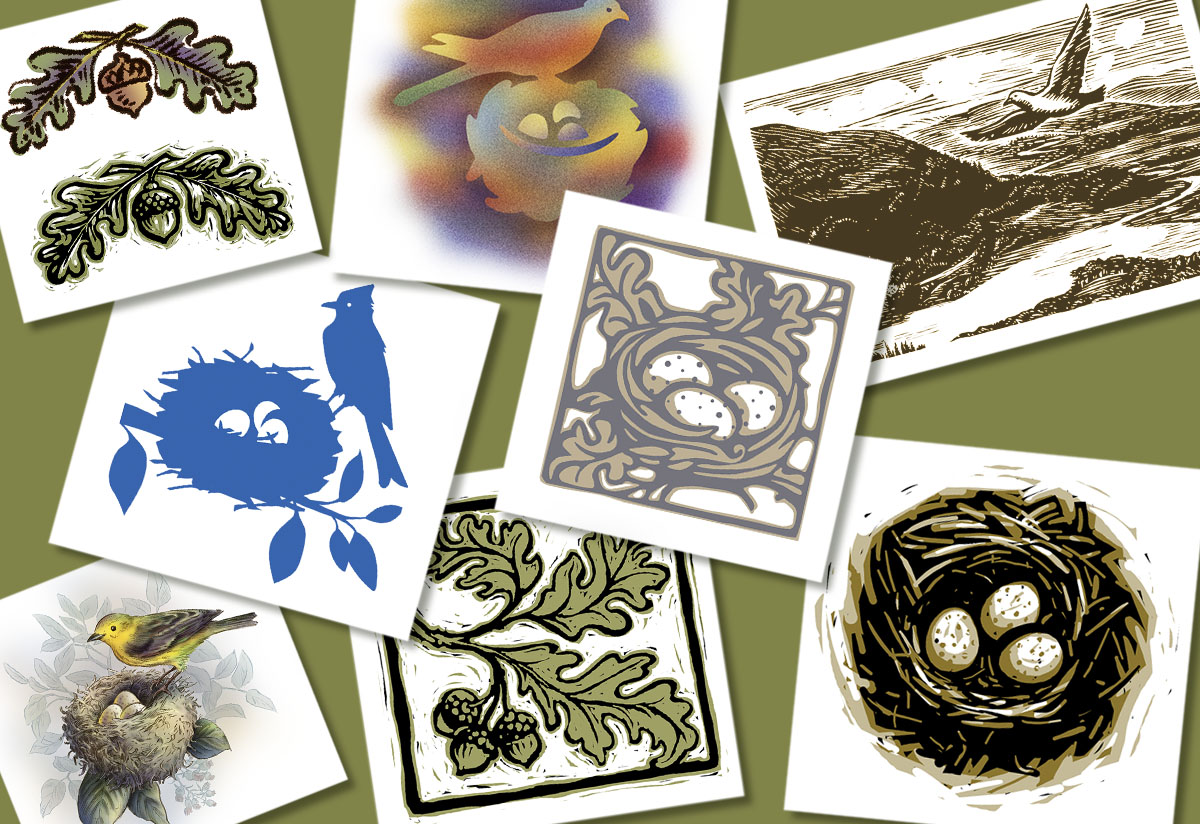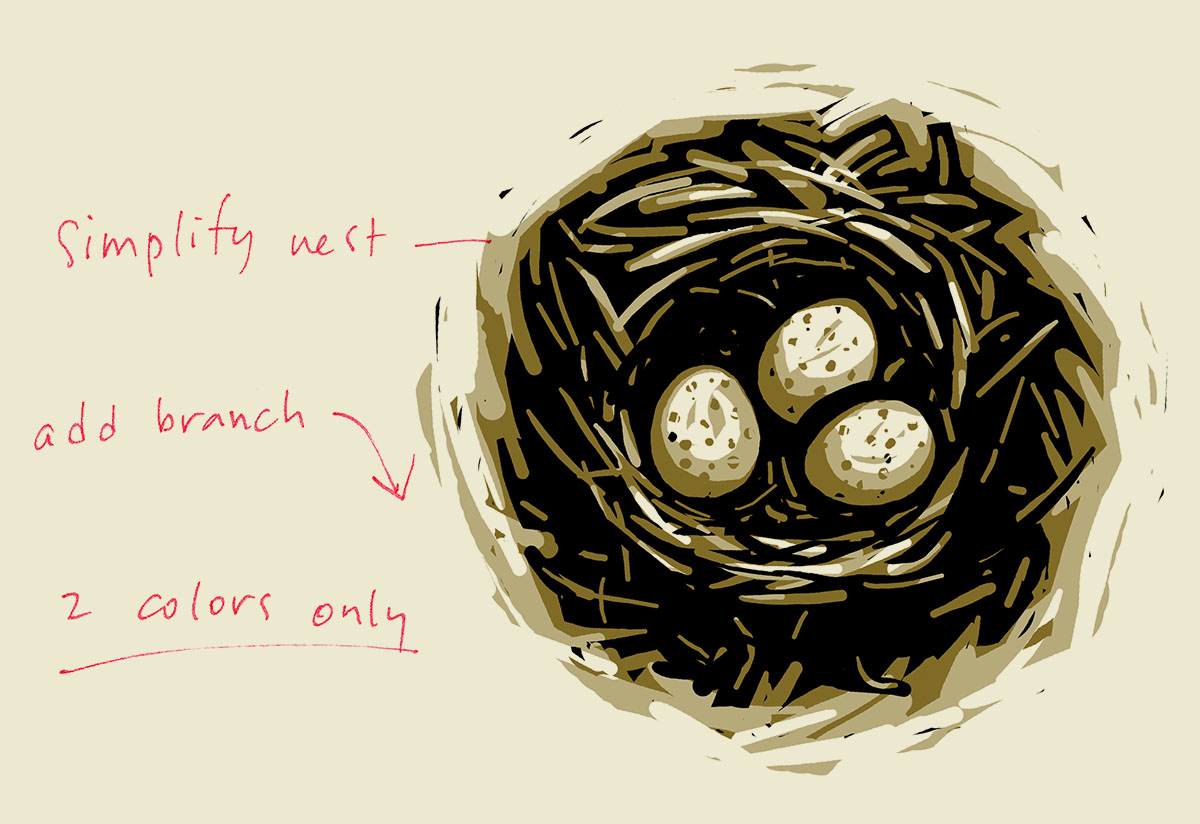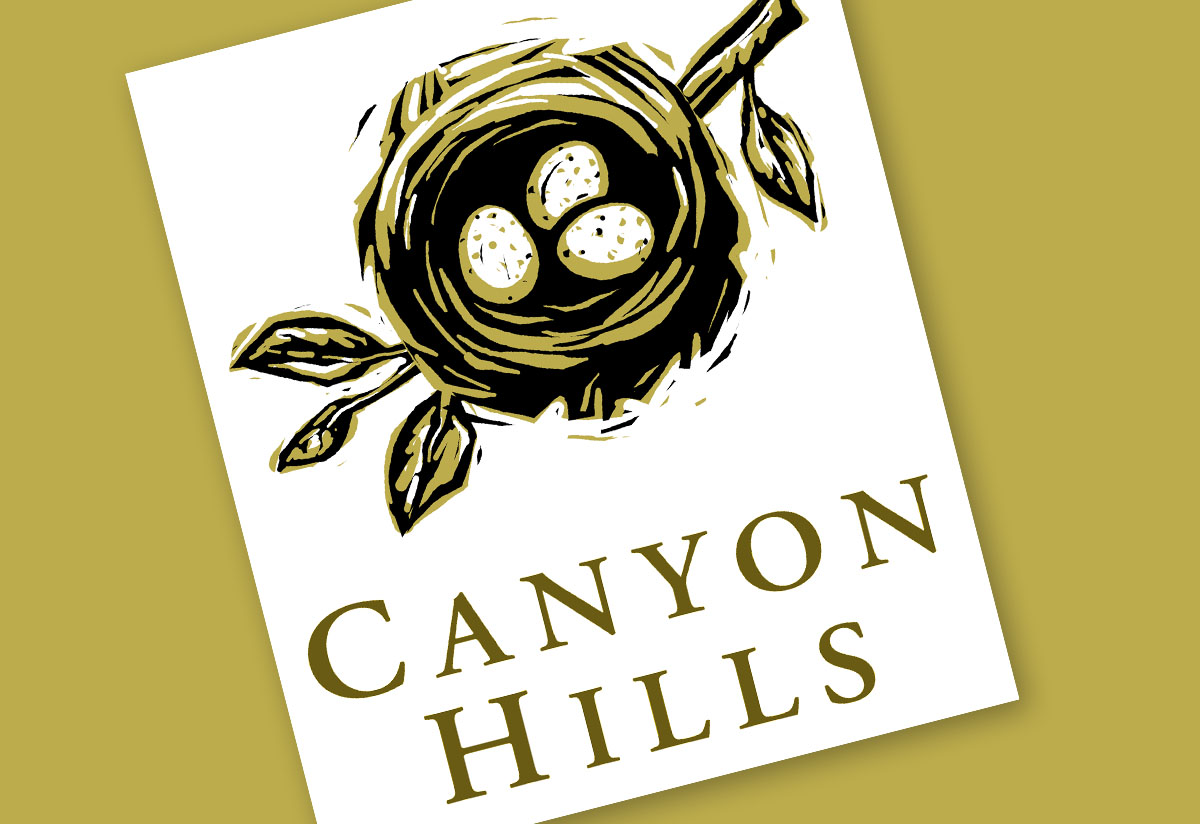Logos - Process
A logo can’t say everything there is to say about a company. It can, however, convey an attitude, attract attention, create an identity and ideally, with a minimum of means, capture the essence of the entity it represents. The amount of distillation a logo needs is related to it’s use. A corporate logo, destined to represent a myriad of products and aspects of the company tends to be highly simplified, while a logo for a special event or specialized entity might benefit from a more illustrative look.

Stage One: Client Input
The client presents basic information that charts the course of the development of the logo. Information gathered may include:
• What is the nature of the client; its products, people and point of view.
• What previous icons or type have been used by the client?
• What has worked and what hasn’t?
• What image does the client want to project to the world?
• What suggestions does the client have regarding the logo?

Stage Two: Research
During the research phase, materials are gathered from primary sources that relate to the client input. These could include books, picture collections, and on-site photography. Often there is a review of existing logos related to the client’s business, to generate ideas and to steer clear of competitor’s solutions. The art director overseeing the project may suggest concepts and directions and present rough drawings to guide the designer and illustrator.

Stage Three: Pencil Roughs
The pencil roughs are a brainstorming session in which any and all ideas are explored. Critical thinking about the appropriateness of the solution is set aside. The goal at this stage is to explore a flood of ideas. Sometimes a clearly inappropriate idea will suggest a direction that leads to a solution.

Stage Four: Comprehensive Workups
Once the pencil roughs have been reviewed by the art director and the client, promising solutions are identified and a more polished presentation of ideas is worked up. Often, further rounds of pencil explorations are required before comprehensives are made.

Stage Five: Refinements
On rare occasions, a solution that looks just right will come from the first round of comprehensives. More often, however, refinements are required. The project may even go back to the drawing board at this stage with further pencil roughs and workups. Logos are often the most pervasive visual representation of the client. It’s important to find a solution that really works. Patience is called for. At the same time, the designer and client need to be wary of “design by committee” situations that water down a good solution.

Stage Six: Final Art
When the sought-after logo has been found, a final, camera-ready version is created, complete with color specifications. At this time, all-inclusive usage rights to the logo are transferred to the client.